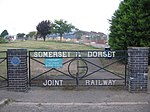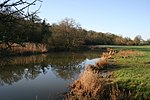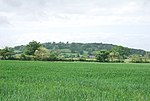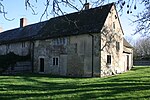Sturminster Newton United F.C.
1871 establishments in EnglandAssociation football clubs established in 1871Dorset Football LeagueDorset Premier Football LeagueFootball clubs in Dorset ... and 2 more
Sturminster NewtonSturminster Newton United F.C.
Sturminster Newton United Football Club is a football club based in Sturminster Newton, Dorset, England, currently playing in the Dorset Premier League. The club is affiliated to the Dorset County Football Association and is a FA Charter Standard Community Club. Currently have 9 youth teams ranging from under 8s to under 16s,playing in the Dorset mini soccer league and Dorset youth league.
Excerpt from the Wikipedia article Sturminster Newton United F.C. (License: CC BY-SA 3.0, Authors).Sturminster Newton United F.C.
North Fields,
Geographical coordinates (GPS) Address External links Nearby Places Show on map
Geographical coordinates (GPS)
| Latitude | Longitude |
|---|---|
| N 50.935833333333 ° | E -2.3013888888889 ° |
Address
Sturminster Newton United FC
North Fields
DT10 1FD , Sturminster Newton
England, United Kingdom
Open on Google Maps







